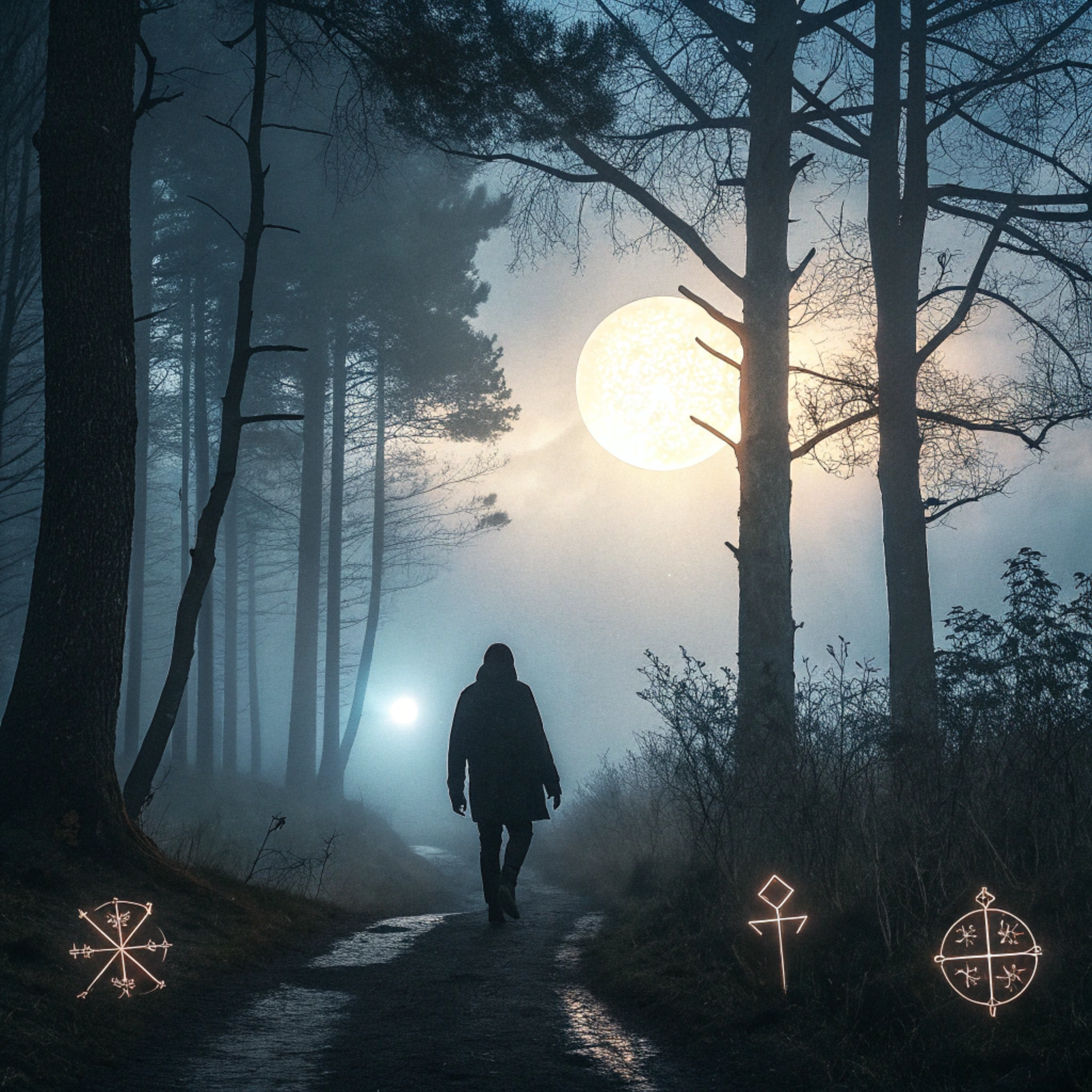What is Đeman? Complete Accurate Guide to Its Meaning and History

The term đeman might not be a word you encounter every day, but it carries rich and multifaceted meanings across various cultures and traditions. Often enshrouded in mystery, đeman spans a wide spectrum of interpretations—from the spiritual and mythical to modern cultural expressions. Whether you are curious about its linguistic origins or its influence on literature, folklore, and popular culture, this detailed guide aims to unpack everything you should know about đeman. Join this exploration as we peel back its layers of meaning and relevance in the contemporary world, traversing ancient stories and modern portrayals along the way.
Linguistic Origin of Đeman
The origins of the term đeman can be traced primarily to Slavic languages, where it connects to words symbolizing darkness, shadow, or unseen spiritual forces. These etymological roots reveal a deeper cultural resonance, as language in Slavic regions often intertwines intimately with folklore and mythology. Variations of the word appear across local dialects with subtle differences in pronunciation and meaning, reflecting the diverse cultural fabric from which it emerged.
In some linguistic analyses, the prefix “de” implies negation or absence, while “man” could relate to spirit or essence. Combined, they evoke an entity that is strong, elusive, and exists just beyond human awareness—a shadowy force or spirit. Over centuries, the connotation of đeman evolved from primarily spiritual and neutral associations to more complex interpretations where notions of good, evil, and moral duality played a role.
Understanding these linguistic developments offers insight into the shifting perceptions of đeman across time and cultures, reminding us that words carry deep historical and cultural narratives.
Cultural Significance of Đeman
Within cultural contexts, đeman holds a unique position often associated with supernatural or darker forces. Folklore and traditional beliefs in many societies personify đeman as an entity that interacts with the human realm, sometimes signifying chaos, malevolence, or the unpredictable elements of nature.
In some traditions, ancient spirits identified as đeman are believed to wield influence over daily life—impacting fortune, luck, or misfortune. Ritual offerings and symbolic acts are customary methods communities employ to appease these spirits, seeking protection against their capricious tendencies. Festivals celebrating the balance between light and darkness often incorporate theatrical performances that dramatize conflicts involving đeman, thereby reinforcing collective cultural identity and moral lessons.
This cultural role imbues đeman with significance beyond fear; it becomes a symbol intertwined with the understanding of the human condition and the mysteries of existence.
Mythology and Folklore
In mythology and folklore, Đeman is depicted as a complex supernatural figure, embodying both protective and chaotic qualities. Often residing in liminal places such as shadowy forests or mystical realms, Đeman personifies nature’s untamed and elusive spirit. These locations signify boundaries between the known world and the mystical, warning those who enter to proceed with caution.
Folktales portray encounters with Đeman as pivotal moments where one might receive blessings or curses depending on their intent and behavior. Benevolent individuals might benefit from guidance or protection, while malevolent persons face consequences or misfortune. Ritualistic offerings remain integral to local practices, underscoring the belief that honoring Đeman maintains harmony between light and darkness.
Literature has captured this duality through poetry and stories that reflect the nuanced emotions humans grapple with: fear, respect, curiosity, and reverence for the unknown—qualities embodied by Đeman.
Modern Literature and Pop Culture
The concept of đeman has traversed into modern literature and popular culture, often reinterpreted as a metaphor for human inner struggles, personal demons, and existential challenges. Writers explore đeman through characters wrestling with fear, guilt, or identity crises, making these themes relatable to contemporary readers.
In cinema and video games, đeman sometimes appears as antagonists or symbolic forces that protagonists must confront, blending traditional folklore with modern storytelling. This dynamic offers immersive experiences where players or audiences engage with emotional and psychological battles represented by đeman.
Social media also reflects this trend, incorporating the term đeman in discussions around mental health, anxiety, and resilience, expanding awareness by linking ancient symbolism with present-day challenges.
Đeman vs Demon: Key Differences
People often confuse đeman with the more widely recognized term “demon,” but these words stem from different origins and embody distinct meanings. While demons generally represent malevolent supernatural beings across various religions and mythologies, often with purely negative connotations, đeman originates from specific cultural contexts—especially Slavic—and may act as guardian spirits or tricksters.
Thus, đeman portrays a more ambivalent and nuanced role: at times a helper, at times a foe. This duality contrasts with the demon’s predominantly evil depiction and enriches cultural narratives about spiritual forces.
Common Misconceptions
One frequent misconception is equating đeman solely with evil entities. Historically and culturally, đeman encompasses a spectrum of spiritual beings—some protective, others potentially harmful, but rarely one-dimensional.
Another misunderstanding is geographic limitation; though strongly linked to Slavic folklore, analogous concepts appear globally, with regional variations in attributes and symbolic meaning.
Physical form myths sometimes portray đeman as monstrous, but many depictions focus on abstract or non-physical characteristics, emphasizing spirit and essence rather than grotesque appearance.
Finally, belief in đeman is often mistaken for superstition. However, many traditions use such beliefs to cultivate respect for nature and social harmony rather than promote irrational fears.
Symbolism and Interpretations
Symbolically, đeman represents a powerful duality of creation and destruction, light and darkness. It reflects human emotional landscapes—fear and courage, uncertainty and awakening—making it a poignant metaphor for personal and societal transformation.
Artistic interpretations frequently highlight this complexity, portraying đeman as an emblem of moral lessons, social justice, or cosmic balance. Its role evolves according to local beliefs, ranging from benevolent protector to avenger of wrongs.
Conclusion
The term đeman reveals a rich cultural history spanning linguistic, mythological, and modern dimensions. From its Slavic roots to its place in present-day popular culture, đeman embodies complex ideas about human nature, spirituality, and morality. Recognizing its diverse meanings deepens appreciation for cultural expressions and the timeless human quest to understand the forces beyond the visible world.
FAQs About Đeman
- What does the term đeman mean?
Đeman generally refers to supernatural spirits or entities that vary widely in meaning across cultures, often connected to folklore and spirituality. - Where does the word đeman originate?
Its roots lie in Slavic languages, with meanings associated with darkness, spirit, and elusive forces beyond human sight. - How is đeman portrayed in modern culture?
Modern interpretations often cast it as a symbol of inner struggles or shadow self, appearing in literature, media, and mental health discussions. - Is đeman the same as a demon?
No, while related conceptually, đeman is culturally specific and multi-dimensional, whereas demons are generally regarded as evil beings in many religions. - Why is symbolism important to understanding đeman?
Symbolism allows us to grasp the deeper moral, emotional, and societal lessons embedded in the figure of đeman, reflecting universal human experiences.
Visit Therelaxhome.com






